The Comprehensive Service in the Purchase and Sale of Veterinary Surgical Equipment: The Kalstein Advantage
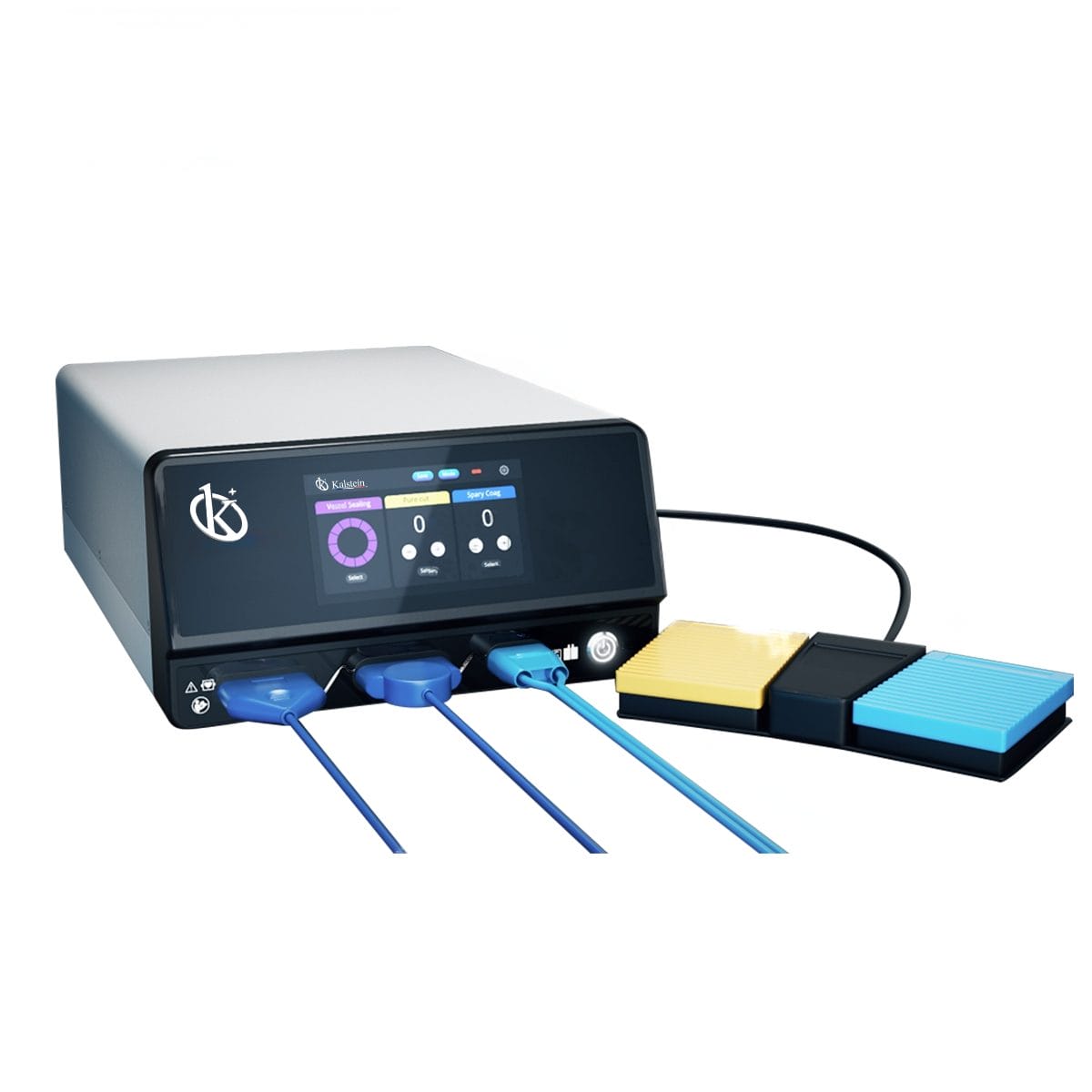
In the fast-paced world of veterinary medicine, the need for high-quality, competitively priced surgical equipment is evident. Because of its commitment to constant improvement and innovation, the manufacturer Kalstein stands out in the market. Thanks to the high quality of its devices, veterinarians can carry out procedures confidently, knowing that they have equipment of optimal performance and durability.
The Redefinition of Chain Polymerization: The Thermocycler and Its Revolution in the Laboratory
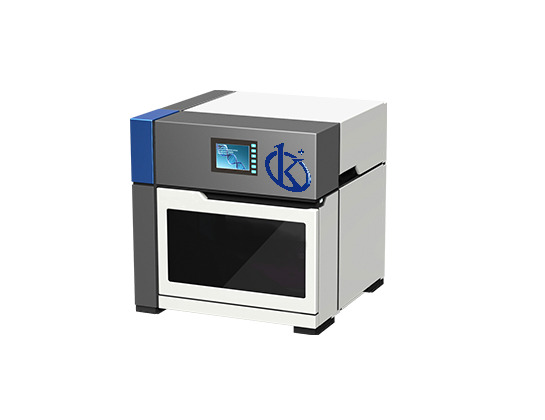
The new chain polymerization techniques, specifically the introduction of the Thermocycler to laboratory devices, are causing a technological revolution in the scientific field. Its presence is transforming the workflow dynamics, improving efficiency, and guaranteeing precise and optimal results. This radical change is a response to the growing demand in science for the massive replication of DNA.
A Deep Analysis of the Kalstein Laboratory Workstation

Welcome to an exciting article about the Kalstein laboratory workstation! As one of the latest additions to the high-end range of laboratory equipment, this workstation stands out uniquely. Join us as we explore its features, performance, and the exclusive functionality it provides to all kinds of laboratories.
Kalstein Steel Workbench: Optimum Innovation for Medical and Laboratory Tasks
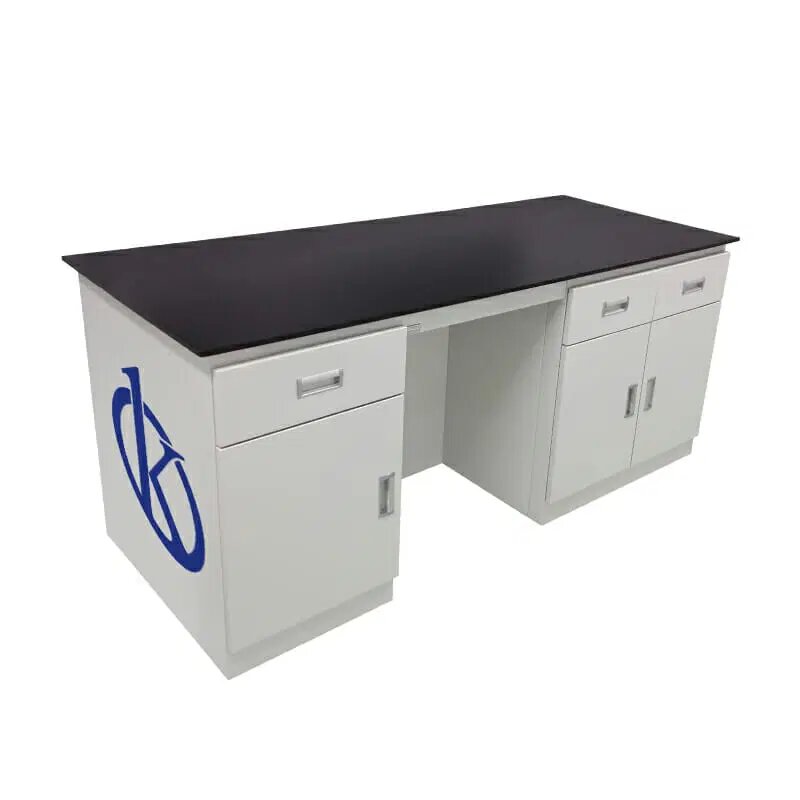
The Kalstein Steel Workbench is presented as an essential equipment in today’s laboratory science and medicine panorama. Its high-level functional design satisfies the demands of professionals in these fields, positioning itself as a smart investment to ensure an efficient, safe and productive work environment.
The Essentiality of the Acidity Detector in the Laboratory

The world of laboratories is constantly evolving, driven by technological changes and increasingly precise requirements in the field of analysis and evaluation. In this scenario, the use of a Modern Acidity Detector becomes an absolute must for any modern laboratory. The precise and quick determination of acidity is key in many scientific disciplines and industrial scenarios, from the analysis of food and drinks to the study of biological samples.
Discover the Best Turbidity Analyzers of 2024
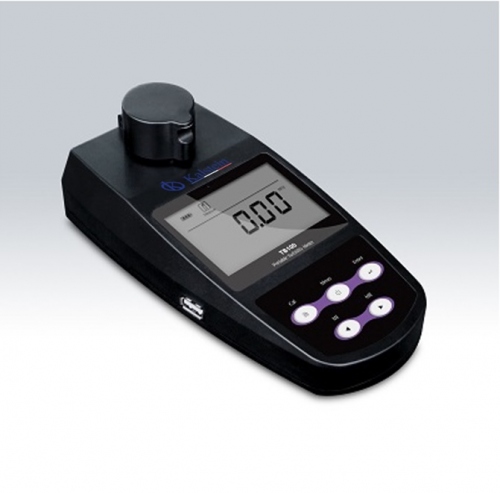
The modern laboratory requires precise and efficient tools to ensure the reliability of the results obtained. Among these tools, turbidity analyzers are essential to determine the clarity or turbidity in various liquids and substances. As Kalstein manufacturer, we are proud to contribute to the evolution of these devices. In 2024, the technology of these devices has reached new heights and has become essential in every self-respecting laboratory.
Advancements in Heating Plate Technology and Innovative Solutions at Your Fingertips
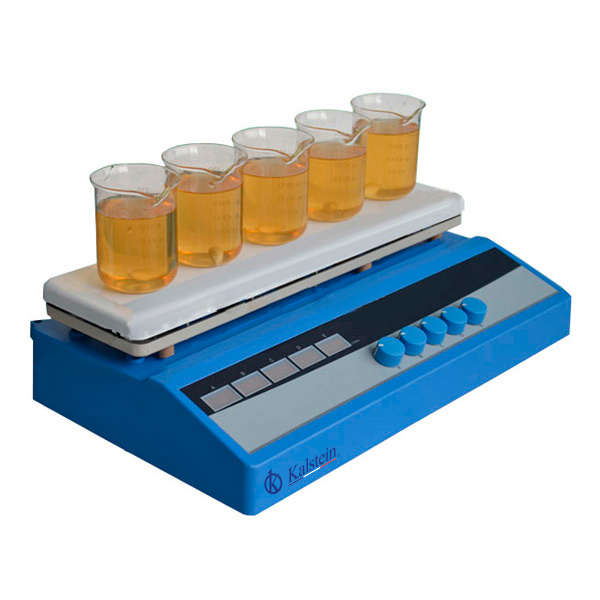
The controlled heating of samples is a crucial aspect in numerous laboratory and scientific research processes. To ensure precision and efficiency, today’s laboratories are looking for the best in heating plate technology. As one of the leading manufacturers on the market, Kalstein stands out for its ability to offer high-quality solutions at a competitive price. Kalstein heating plates guarantee uniform and quick heating, and are highly valued for their durability, efficiency, and ease of use.
Optimizing Veterinary Care with Veterinary Monitors from Kalstein

Veterinary monitors are essential in providing high-quality health care to animals. They act as the vet’s eyes and ears by providing accurate information about the animal’s physiological conditions during routine procedures and surgeries. As a trusted manufacturer, Kalstein offers a wide range of veterinary monitors designed with advanced technology.
Excellence in Veterinary Monitoring: The Invaluable Benefits of Kalstein Veterinary Monitors

Monitoring vital signs is an essential part of veterinary care, and there is no doubt about it. Veterinary Monitors, equipment specialized in observing and recording animal vital parameters, have a key role in ensuring animal well-being and health. Indeed, the manufacturers of these devices play a vital role in providing excellent veterinary care, among them, Kalstein stands out.
Kalstein Veterinary Monitors: Improving Animal Health through Technology

Technology in the scientific and medical fields is constantly evolving. In the veterinary world, innovations are just as impressive and necessary. Among these are veterinary monitors, designed to support professionals in the comprehensive care of animals. Laboratory equipment manufacturer, Kalstein, offers the highest quality veterinary monitors on the market.
